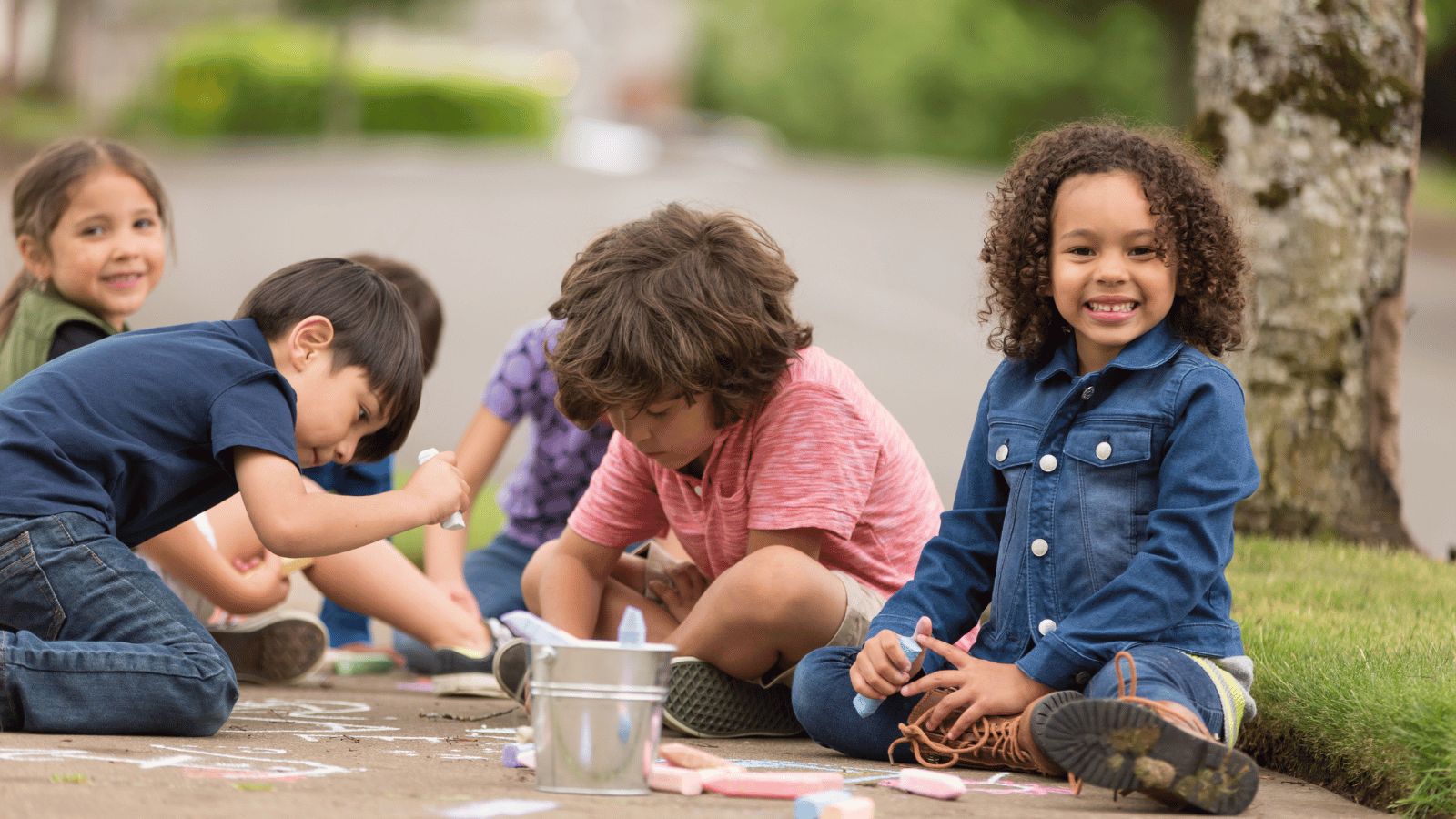
When it comes to teaching, there is no singular method that fits all. There's a lot of diversity in the classroom related to culture, race, learning ability, and more. For some children, traditional learning styles and methods are more than sufficient; however, for others, a different, more effective approach is needed for them to be successful. Bringing a variety of strategies and tools to the classroom to make it more inclusive can help keep each child engaged while also supporting their academic development.
By transitioning to a new approach, such as universal design for learning (UDL), teachers can create a more equitable learning environment for all children. Let's discuss UDL, its principles, and benefits, and why it's important for early childhood education.
What is universal design for learning (UDL)?
UDL is a framework that the nonprofit education research and development organization Center for Applied Special Technology (CAST) developed to "improve and optimize teaching and learning for all people based on scientific insights into how humans learn." It's based on the principles of Universal Design, where an environment is designed to meet the needs of all people regardless of their ability, disability, age, or size.
The UDL framework encourages teachers to create a more inclusive and transformative learning experience for everyone by removing barriers to successful learning. Through these guidelines and suggestions, teachers can increase accessibility and participation for all learners. While educators and instructors can apply the guidelines to various disciplines, domains, and education levels, they can benefit children and teachers in an early-learning setting.
Early childhood educators can promote values of diversity, equity, and inclusion in their classrooms by considering their children’s differences and unique learning styles and making the necessary accommodations or changes to their lesson plans. Utilizing the UDL framework in early education centers around the idea of creating an inclusive classroom environment that serves the needs of all children. Similar to the intention of culturally responsive teaching, educators can support all learners by recognizing each child’s distinct culture, interests, needs, and strengths and using that knowledge to inform curriculum. In addition, universal design for learning requires teachers to step back from traditional methods and try a unique approach to teaching.
Why is UDL important in education?
In the classroom, children have a variety of learning styles, strengths, weaknesses, needs, and barriers. For example, some may have a language barrier or a learning disability. Regardless of their differences, it's important to find ways to remove those obstacles to learning and provide them with the instruction and tools needed to be successful. UDL incorporates flexibility and variability into lessons to enable teachers to make the necessary accommodations to their teaching strategies to meet each child's needs.
Because early childhood education programs often have a diverse group of children, it can be challenging for teachers to design curriculums and lesson plans to accommodate everyone. The UDL approach is critical because it equips all children with the tools they need to learn by engaging their interests, curiosity, strengths, and more.
What are the principles of UDL?
The UDL framework uses three principles that can be applied to developing lesson plans and assessments and making inclusion a part of an early childhood education program.
- Provide multiple means of engagement: This is the "why" of learning. Offering children options gives them a sense of autonomy, relevance, and accomplishment while supporting their development. By implementing this principle, teachers can use children's experiences and interests to draw them in and encourage them to take control of what they learn. It also motivates them to participate in activities around the classroom.
- Provide multiple means of representation: In the "what" of learning, teachers focus on customizing how information is displayed and how children consume it. For example, teachers must consider the levels at which children are proficient in reading, vocabulary, and language. Offering alternatives for the visual and auditory consumption of the information helps overcome comprehension barriers and provides children with the support they need for academic development.
- Provide multiple means of action and expression: The "how" of learning is how children interact and respond to the learning material. This principle gives children various ways to interact with the material, express their thoughts, and reflect on new information. For example, giving them options such as drawing a picture or talking about the information to show what they've learned.
How do teachers use UDL in the classroom?
There are several ways to incorporate UDL into lesson plans and assessments to support diverse learners. For starters, teachers can:
- Post pictures of the goals for each lesson so that children know what they're working toward.
- Give options as to what type of assignment children can complete. For example, they can choose between making a collage or playing a game based on the material they've learned.
- Change the work environment to create various spaces for children to thrive. Flexibility is key to UDL. Some children work well alone, while others do well in groups.
- Consider all the potential roadblocks that children may face in class and find ways to eliminate them. UDL is all about removing the barriers to learning. The goal is to create an inclusive environment.
Drive inclusion in education with UDL
When building a lesson plan or considering a curriculum, knowing who you're teaching and their differences should be top of mind. The UDL framework allows every child to learn and thrive in the classroom, making it a useful tool for closing achievement gaps and building equity and inclusion in early childhood education. Implementing UDL strategies can open new doors to learning and creating opportunities for success.

.png)